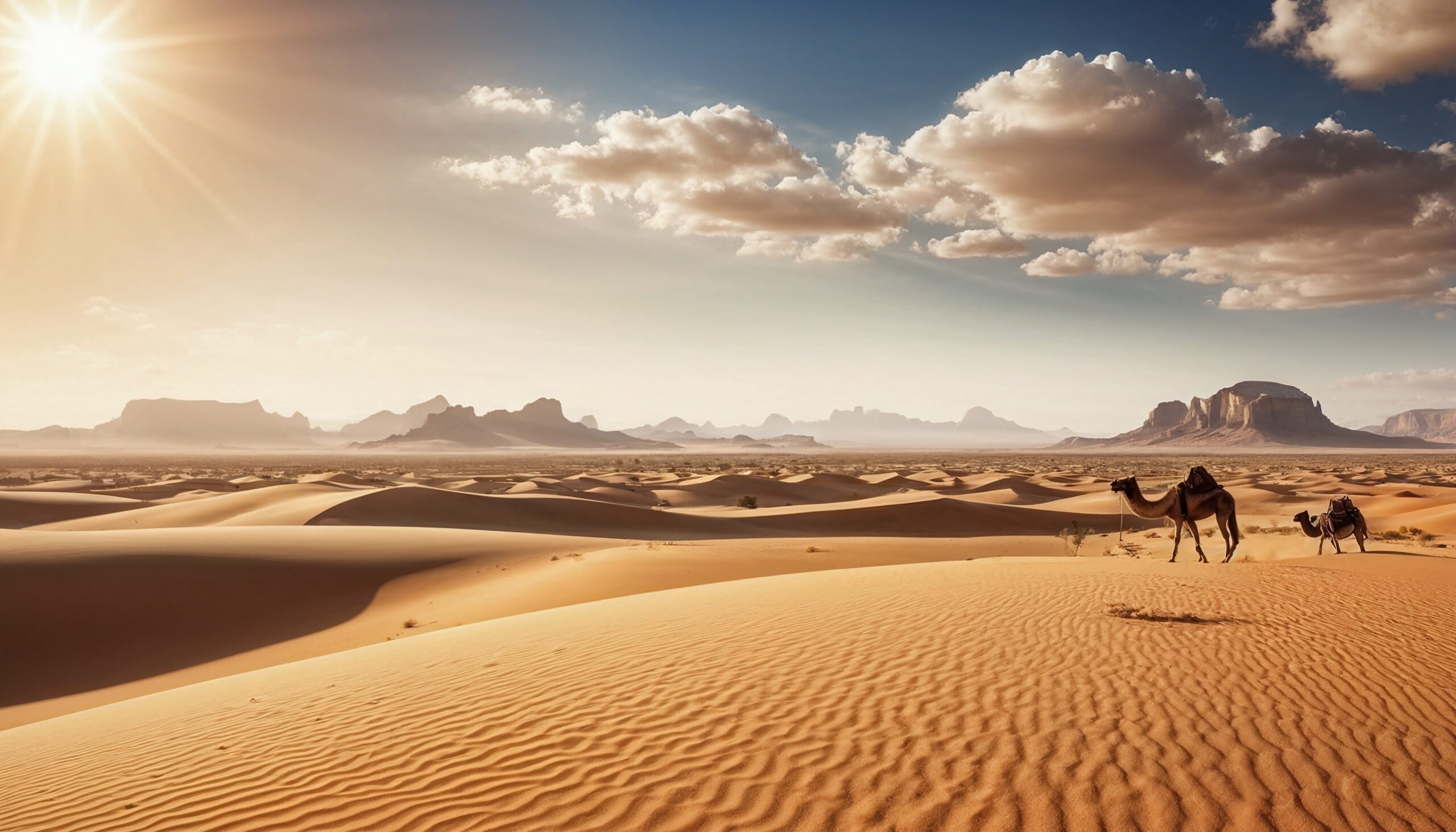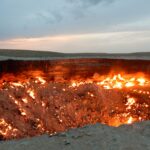An art installation? A protest? A mystery?
Imagine travelling across a sun-baked desert, surrounded by silence and scorched earth, only to discover a lone building—small, stark, filled with books… and no one to read them. This is the story of the Library of the Desert, a surreal structure with no staff, no hours, and no visitors. But is it a real place, an art installation, or something in between? This article explores the origin, mystery, and deeper meaning behind one of the world’s most poetic and puzzling libraries—where knowledge waits endlessly, unread and undisturbed.
Outline
- Introduction
- What (and Where) Is the Library in the Desert?
- The Artist Behind the Silence
- A Library With No Readers
- Symbolism and Interpretations
- Comparisons: Other Libraries of Solitude
- The Power of the Unread
- Is It Still There Today?
- Final Thoughts
Introduction
We think of libraries as places of purpose—bustling with scholars, students, and readers thumbing through pages in pursuit of knowledge. But what if a library existed without people? Without visitors, librarians, or even a signpost?
That’s the haunting reality of La Biblioteca del Desierto, a small white structure standing alone in the arid landscape of Chañaral, Chile. A building full of books, sitting in the dust. Waiting.
What (and Where) Is the Library in the Desert?
Set in the Atacama Desert—one of the driest places on Earth—the library is located in the tiny coastal town of Chañaral, near the northern edge of Chile’s vast, empty terrain.
- The structure is modest: a cube-like building made of white concrete
- Inside, wooden shelves line the walls, holding hundreds of books
- There is no electricity, no signage, no paved path—just the wind and the desert
How to find it:
- No official tourism markers
- No website or visitor’s guide
- You either know about it, or stumble upon it by accident
This element of deliberate obscurity is part of its magic—and its mystery.
The Artist Behind the Silence
The library was conceived and created by Chilean artist Raul Zurita, a poet and sculptor known for his large-scale and landscape-based works.
Zurita’s work often deals with:
- Memory and trauma (especially post-Pinochet dictatorship)
- The clash between nature and human knowledge
- The silence that follows catastrophe
In this context, the library becomes less a place of learning and more a memorial—a shrine to lost language, unread stories, and forgotten histories.
A Library With No Readers
This is not a functioning library. You cannot check out books. There is no librarian. In fact, most people who live nearby aren’t even aware it exists.
So what’s the point?
Some say:
- It’s an art installation, designed to be witnessed but not used
- It’s a commentary on abandonment—of knowledge, of culture, of rural life
- It’s a kind of philosophical experiment: What happens when books are left completely alone?
Inside, the books gather dust, fade in the sun, and warp with desert dryness. There’s a kind of quiet grief in the space. But also something serene.
Symbolism and Interpretations
The library has drawn attention from artists, philosophers, and wanderers alike. It has been interpreted in dozens of ways.
Potential meanings:
- The futility of hoarding knowledge without community
- A memorial to forgotten voices, erased by history or politics
- A gesture of hope—that even in the most unlikely places, knowledge might survive
- An invitation to think, not read; to reflect on what we carry and what we leave behind
It also poses the quiet, uncomfortable question:
Is a book still a book if no one ever reads it?

Comparisons: Other Libraries of Solitude
While the desert library is uniquely poetic, it’s not the only example of libraries that challenge traditional norms.
The Future Library (Norway)
- Conceived by artist Katie Paterson
- 100 unpublished books will be written between 2014–2114
- The manuscripts will not be read until 2114, when they will be printed on paper from a forest grown specifically for this project
Book and Bed (Japan)
- A hotel where you sleep among books
- Less about reading—more about existing in proximity to stories
The Little Free Library Movement
- Scattered across the globe in urban and rural places alike
- Often maintained by individuals or small communities
- Some are visited daily. Others stand forgotten.
Each plays with the idea that books are not just tools—they are artefacts, symbols, companions.
The Power of the Unread
Most of us have shelves filled with books we haven’t read. We keep them for comfort, aspiration, or identity. The Library in the Desert forces us to confront this in its starkest form.
- Books that will never be read
- A library without expectation
- Stories written, printed, bound… but not shared
In that sense, it becomes a museum of potential—a space filled with the possibility of knowledge, preserved but unactivated.
It’s a reminder that literature is fragile, and that what we ignore may be lost forever.
Is It Still There Today?
Yes—though time and the desert are slowly reclaiming it.
- Weathering has taken its toll on the structure
- Vandals and curious passers-by have removed or rearranged some books
- Yet it stands: a fading monument to human thought, in the most inhospitable place possible
It’s not a tourist site. It’s not an attraction. It exists quietly, because someone decided it should—and because no one has stopped it.
Final Thoughts
The Library in the Desert isn’t really about reading. It’s about what happens when we stop reading. When we stop sharing, visiting, remembering.
It’s a meditation on silence. On distance. On the eerie loneliness of language when no ears are left to hear it.
And perhaps, most beautifully, it’s proof that even in isolation—even abandoned—a library still matters.
Because sometimes, the most powerful stories are the ones no one hears.








